Search for...
#tips Bookmarks
Published Bookmarks
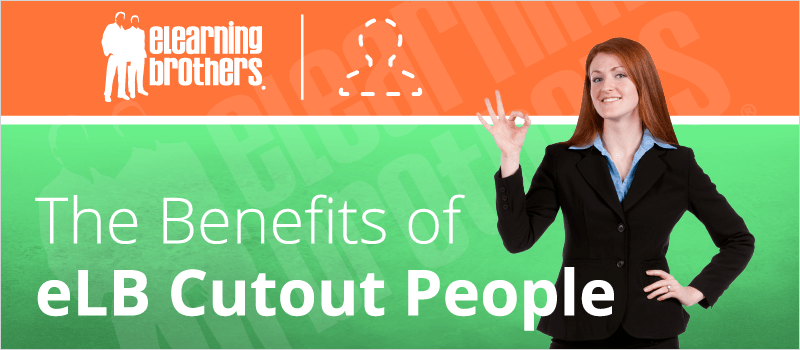 The Benefits of eLB Cutout People | eLearning Brothers
The Benefits of eLB Cutout People | eLearning Brothers
There are a lot of theories and tactics that can be implemented to aid the learning of your audience with tools such as creating SCORM compliant courses and using an LMS. There is also a very simple way to keep your learners from wandering off and clicking their way to the end as fast as possible. How? I’m glad you asked.
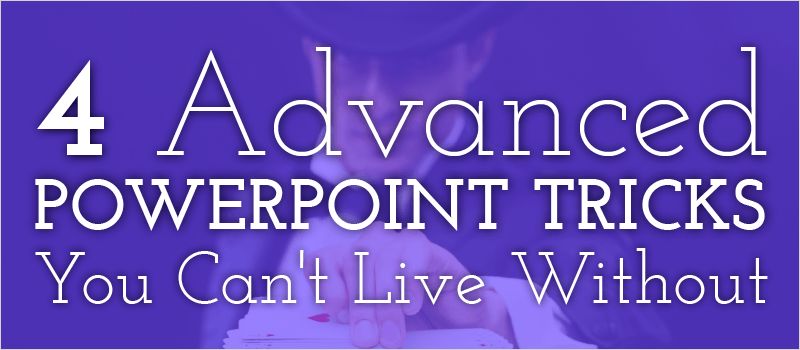 4 Advanced PowerPoint Tricks You Can’t Live Without | eLearning Brothers
4 Advanced PowerPoint Tricks You Can’t Live Without | eLearning Brothers
PowerPoint is an amazing software that permits you to present information however you want. But there are a few PowerPoint tricks, no matter how large or small, that can take your presenting up to 11. Here are 4 advanced PowerPoint tricks that you can’t live without.
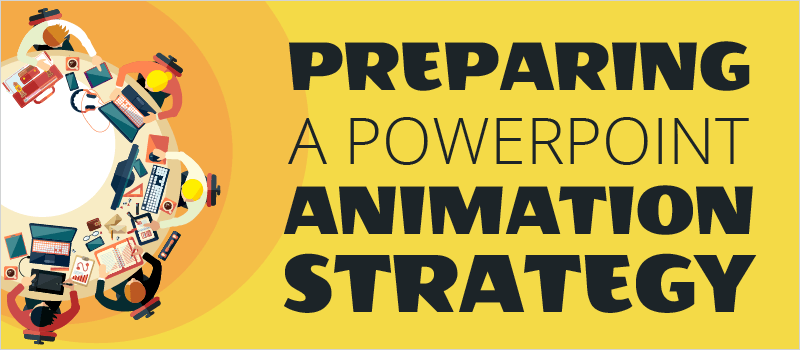 Preparing A PowerPoint Animation Strategy | eLearning Brothers
Preparing A PowerPoint Animation Strategy | eLearning Brothers
PowerPoint is always releasing new content that will draw people to their product and make life easier for developers and presenters. But a common problem PowerPoint users encounter is, “Which of all these amazing animations should I use?” Well, that fully depends on what kind of presentation you are creating/presenting and who you are presenting to.
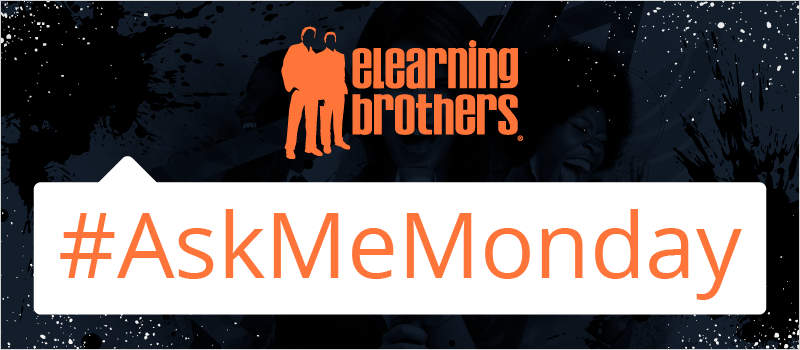 Taylor Ehlert Responds to #AskMeMonday on PowerPoint Action Buttons | eLearning Brothers
Taylor Ehlert Responds to #AskMeMonday on PowerPoint Action Buttons | eLearning Brothers
A lot of questions have been asked surrounding the topic of PowerPoint Action Buttons. “What are they? How are they different than normal shapes, and why should I use them?” All of these questions are about to be answered in this week’s #AskMeMonday.
 Making Mocks Work: Before, during, and after mock exams. - GoConqr
Making Mocks Work: Before, during, and after mock exams. - GoConqr
Visualise – Prepare – Replicate – Stay – Review – Reward – Reset We recently laid out some of the benefits of taking mock or preliminary exams, but knowing they are good for you doesn’t mean you won’t find mocks or prelims intimidating. We have some tips to make sure you make the most of …
8 Questions to Answer for Impressive PowerPoint Presentations - eLearning Brothers
When I started my business as a presentation professional, I realized that designing and developing effective, impactful, and impressive PowerPoint presentations was easier when I applied basics I had used in instructional design. So here is my list of 8 essential questions, or as I also call it, my wheel to better presentations.
8 Tips To Produce Microlearning Videos For eLearning
People love multimedia - but it's definitely not enough to just stuff your course with random videos. That's what Facebook wall is for. How to create awesome video resources for eLearning? Here's how.
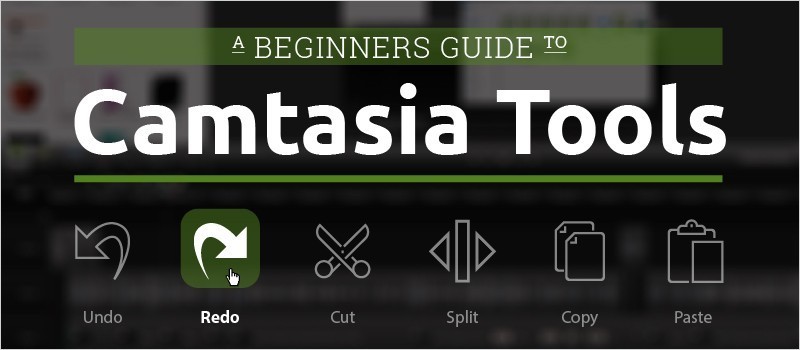 Webinar: A Beginners Guide to Camtasia Tools » eLearning Brothers
Webinar: A Beginners Guide to Camtasia Tools » eLearning Brothers
In last week’s Camtasia webinar, we hosted Lon Naylor in a Beginners Guide to Camtasia Tools. He outlines some great shortcut keys, timeline secrets, and general Camtasia knowledge that you’re sure to be excited about!
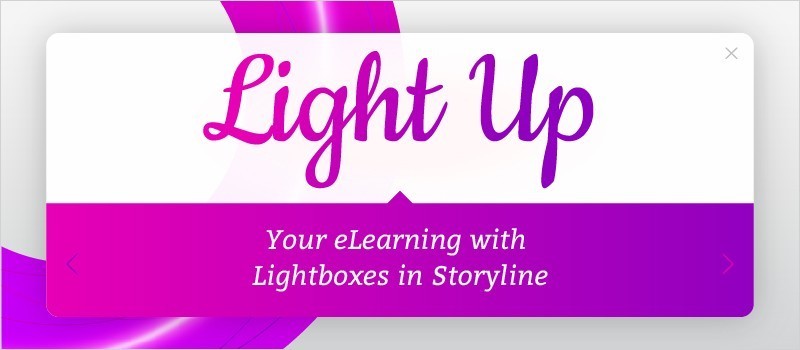 Light Up Your eLearning with Lightboxes in Storyline 2 » eLearning Brothers
Light Up Your eLearning with Lightboxes in Storyline 2 » eLearning Brothers
As the days grow shorter, we start searching for ways to add more light to our days. As our eLearning development progresses, we start searching for ways to add excitement and innovation to our courses. Lightboxes are one way of doing that.
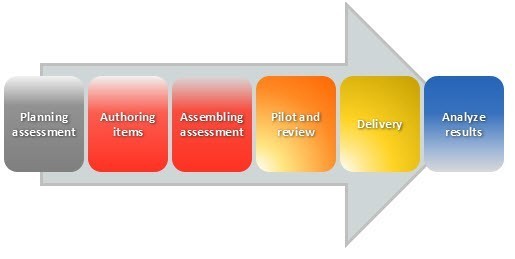 6 Steps to Authoring Trustworthy Assessments
6 Steps to Authoring Trustworthy Assessments
Assessment thought leader April Barnum highlights six steps to authoring assessments that can help you achieve trustworthy assessment results.
Submit Bookmark


